Purchase Our 'Shakespeare’s Elephant in Darkest England' Books
"The Entangled Mind" 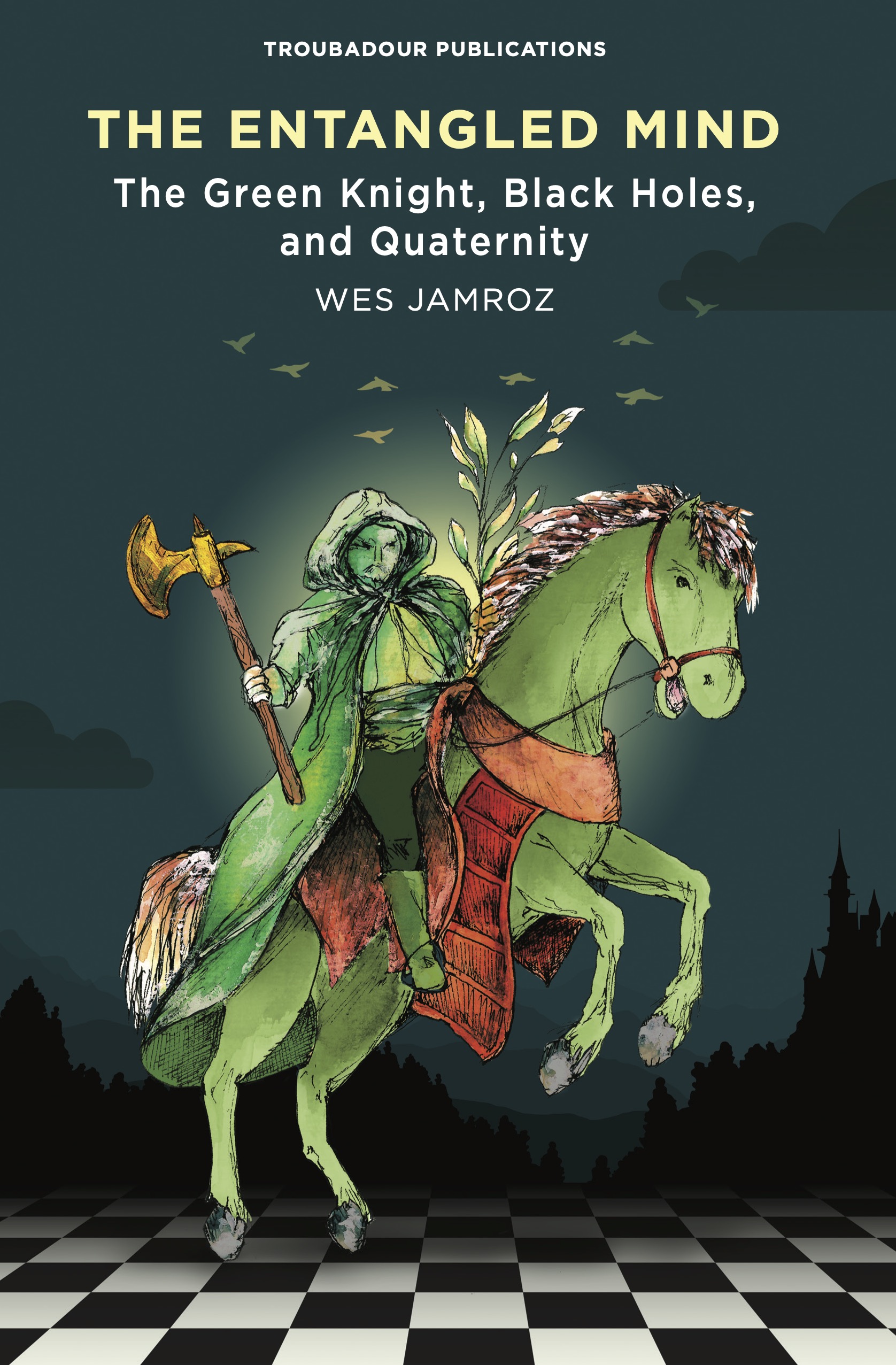
The Entangled Mind is the third volume of Wes Jamroz’s series on cosmic consciousness. In this book, the author discusses the state of modern physics. Today’s physics faces challenges on several fronts. These challenges are related to the nature of the big bang, elementary particles, dark matter, black holes, and some seemingly mysterious aspects of quantum mechanics. The author shows that physicists have to accept that “consciousness” is the fundamental parameter without which it is impossible to construct a consistent theory of matter. Furthermore, he demonstrates that the inclusion of consciousness is needed to comprehend quantum mechanics. At the same time, quantum mechanics helps to define consciousness.
The author illustrates how the human mind has gradually been prepared for such a conceptual adjustment through Troubadours’ songs, chivalric romances, designs of medieval mosaics, and the quaternity – a chess-like game.
'The Entangled Mind' print edition is available here
'The Entangled Mind' Kindle edition is available here
Spanish Translation Print edition is available here
Spanish Translation Kindle edition is available here
"The New Cosmos" 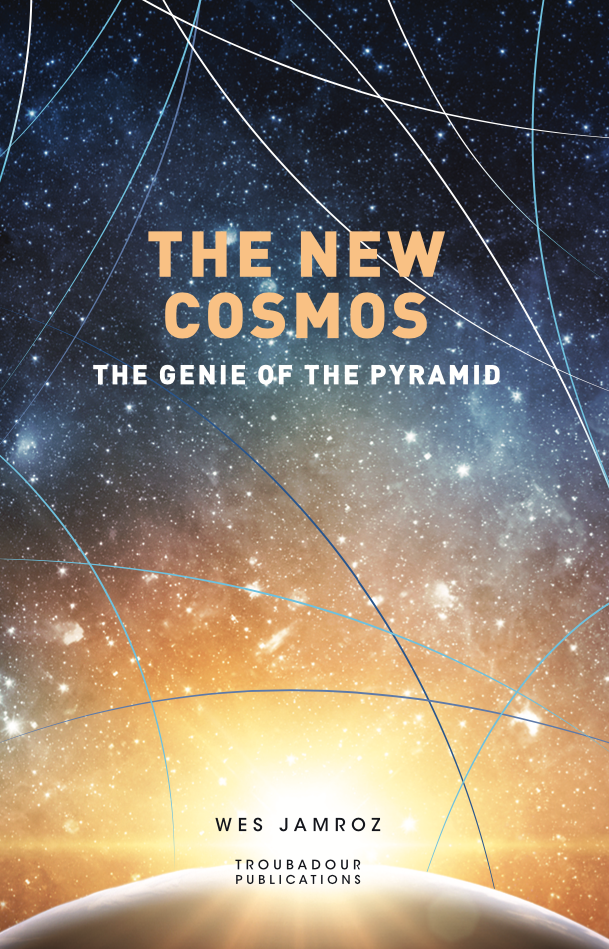
The evolution of man is realized through changes that occur within the cosmic matrix. These changes are projected onto the physical world where they are manifested as new concepts and ideas. First, a new concept in its symbolic form appears in scriptures, tales, or poetry. Then, it may be translated into mathematical formulas or expressed as laws of physics. At this point, it is celebrated as a great discovery of the human mind. Afterward, it is permanently instilled in the minds of most people.
This book traces the unfolding of an idea that led to the formulation of one of the strangest scientific theories ever conceived by the human mind: quantum mechanics. The true nature of that theory is still perplexing and mystifying. Despite a century of studies, physicists still do not know how to deal with the fundamental aspects of quantum mechanics. It turns out that a certain genie trapped in an Egyptian pyramid played an instrumental role in guiding scientists to the discovery of the quantum theory. This genie may also help solve its seeming mystery.
'The New Cosmos' print edition is available here
'The New Cosmos' Kindle edition is available here
Spanish Translation print edition is available here
Spanish Translation Kindle edition is available here
"A Journey through Cosmic Consciousness" 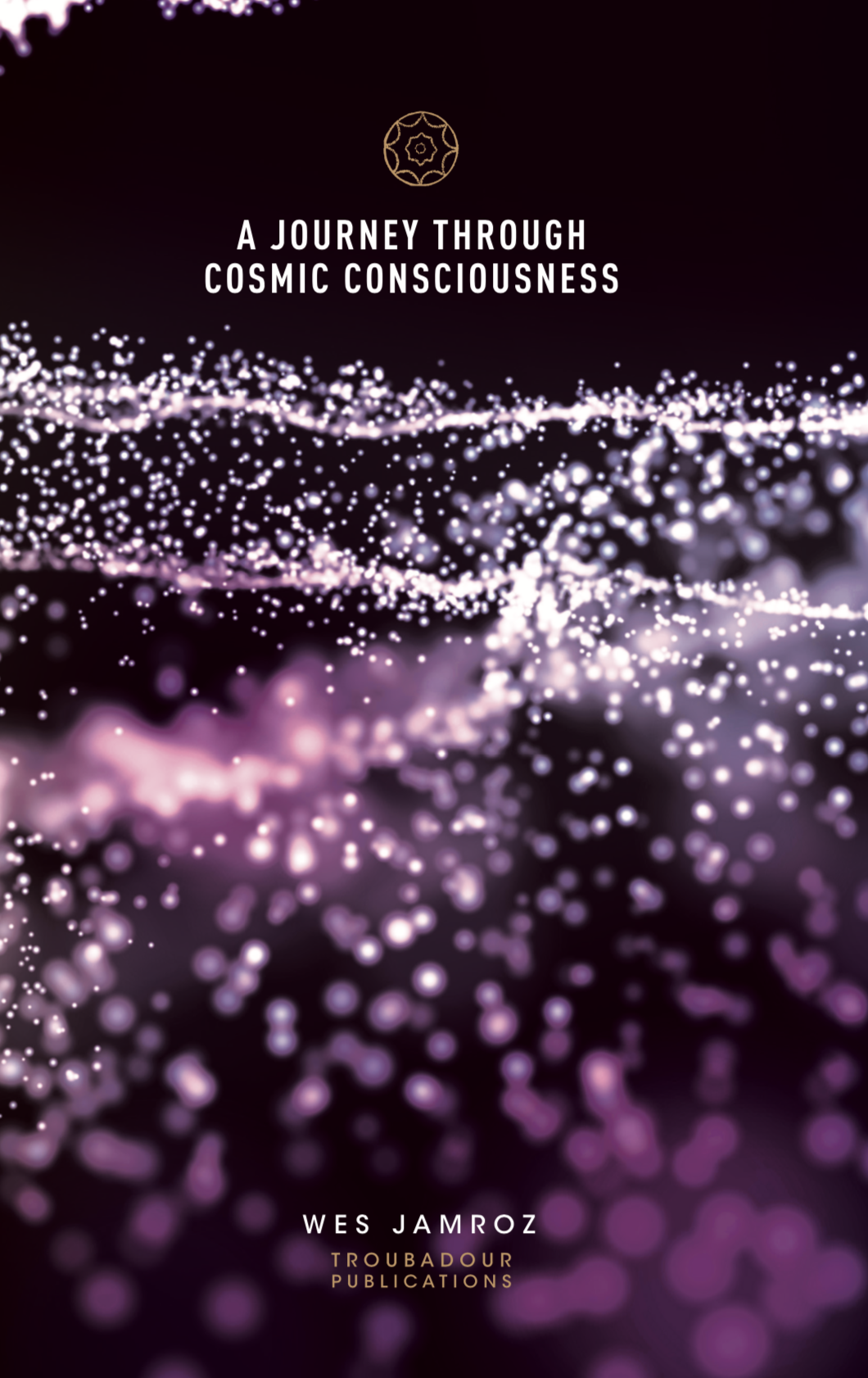
The underlying experience of the mystics indicates that there are layers of the human mind that are capable of accessing heightened levels of consciousness. While science has limited itself to the lowest level of man’s consciousness, these higher levels open up possibilities of knowledge-yielding experiences. The interesting thing is that some of the most recent discoveries of quantum theory are partial but accurate reflections of mystical experiences. Even if the mode of acquiring mystical “data” is not acceptable to science, the records of mystical experiences may provide guidance in resolving such problems as the relationship between consciousness and matter, the nature of dark matter, the mechanism driving human evolution, the overall purpose of the universe and its lifetime, and the function and destiny of humankind. It is for this reason that rational science should reach towards the mystical records as a source of relevant information needed for a meaningful continuation of the exploration of life and the universe.
A Journey through Cosmic Consciousness provides a model of the universe based on mystics’ experiences but expressed in the terms of quantum physics and modern cosmology.
'A Journey through Cosmic Consciousness' print edition is available here
'A Journey through Cosmic Consciousness' Kindle edition is available here
Spanish Translation print edition is available here
Spanish Translation Kindle edition is available here
French Translation print edition is available here
French Translation Kindle edition is available here
"A Journey with Omar Khayaam" 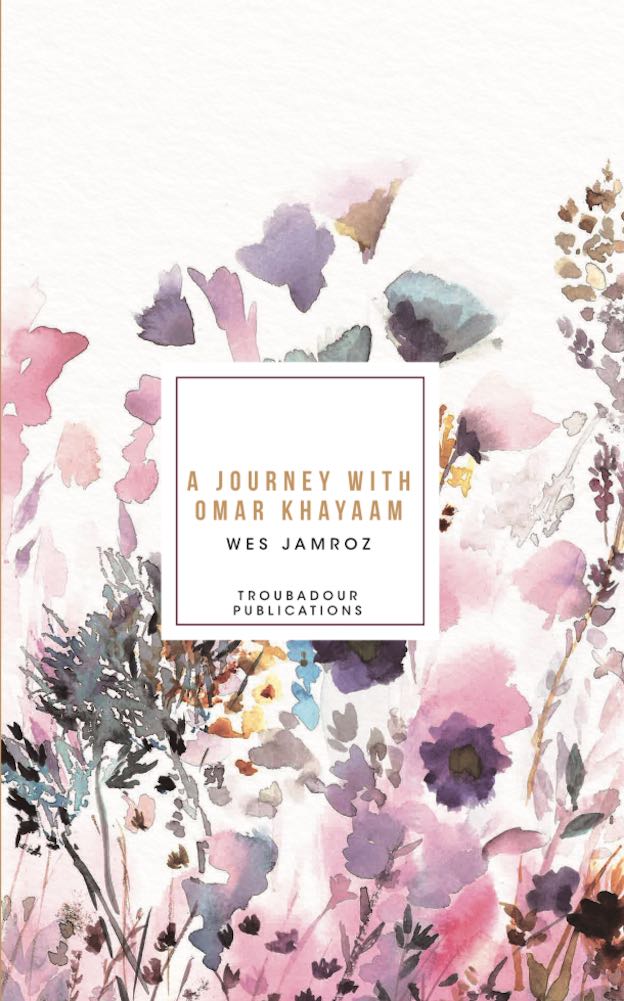
A Journey with Omar Khayaam is a commentary on Khayaam’s spiritual quatrains. By following Khayyam’s experiences, we witness how the Poet struggles with his intellectual biases and worldly attachments. As he goes through the initial stages of his spiritual training, his perception gradually develops and expands.
Khayaam’s experiences are presented using a number of symbols, such as wine, Saki, rose, tavern, death. But the symbols that Khayaam uses are neither fixed nor static. The same symbol may mean different things, depending on the context in which it is applied.
Khayaam belonged to same school of thoughts as Rumi and Shakespeare. Their writings are based on the same design. Therefore, quotes from Rumi’s and Shakespeare’s writings have been used in A Journey with Omar Khayaam to explain some of Khayaam’s verses.
'A Journey with Omar Khayaam' print edition is available here
'A Journey with Omar Khayaam' Kindle edition is available here
"Shakespeare’s Elephant in Darkest England" 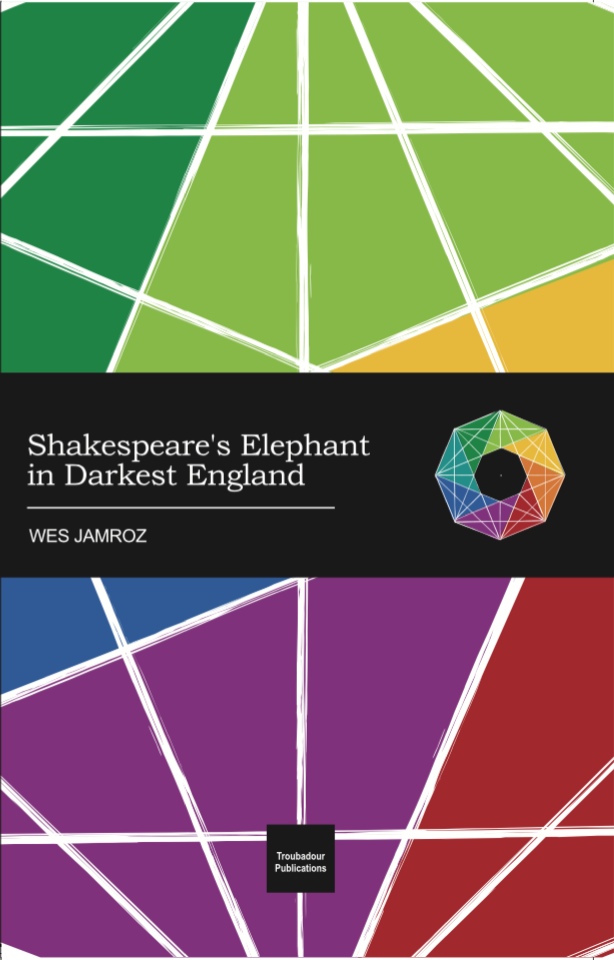
A fascinating narrative is hidden within Shakespeare’s plays. “Shakespeare’s Elephant in Darkest England” summarizes this narrative. The narrative consists of 37 chapters that are presented in Shakespeare’s 37 plays. This means that all the plays are linked together. They are linked through a subtle signal superimposed on the plays’ plots. Shakespeare refers to this signal as the “music that may not be heard”. In order to discern Shakespeare’s tale, the readers have to recognize and follow this non audible music. Then this “music” will guide them; it will allow them to walk out of the darkness of their ordinary reasoning and intellect. They will be encouraged to move forward and get closer to understanding their ultimate evolutionary purpose.
'Shakespeare’s Elephant in Darkest England' print edition is available here
'Shakespeare’s Elephant in Darkest England' Kindle edition is available here
Spanish translation is available here
"Shakespeare’s Sequel to Rumi's Teaching" 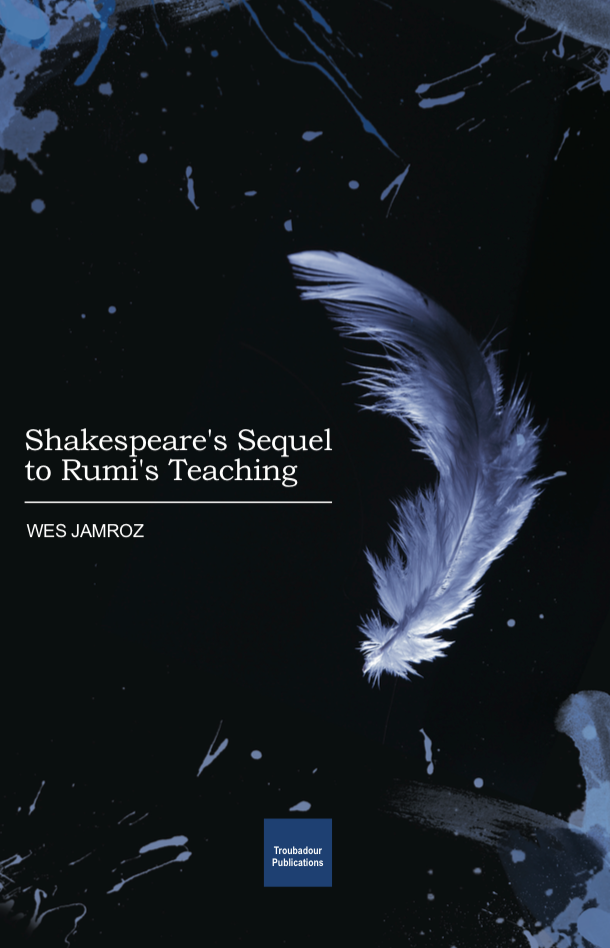
Jalaluddin Rumi and William Shakespeare are considered to be the greatest poets of Persian and English literature, respectively. However, there is much more in common between these two titans of poetry who lived some 350 years and 2,000 miles apart. In his Sonnets, Shakespeare acknowledged that his writings were inspired by Rumi’s poetry. He referred to Rumi as one of “Alien pens” whom he was asked to study. He described Rumi as “He of tall building, and of goodly pride”. Shakespeare admitted that Rumi’s verses were so powerful that they were stopping his thoughts before he was able to formulate them.
Although Shakespeare was strongly influenced by Rumi’s poetry, it should be emphasized that his writings were not merely some adaptations of Rumi’s illustrations from an Eastern environment into the Western culture. Such understanding would greatly diminish Shakespeare’s role. Shakespeare was charged with the task of projecting these aspects of spiritual technology that were needed at his time in order to keep the evolution of human mind in sync with changes of the cosmic matrix.
Rumi’s and Shakespeare’s writings are primarily instrumental, i.e., they are not meant for enjoyment, emotional stimulation, or display of their skills. The function of their writings was to project specific evolutionary concepts and ideas ahead of their actual realization. In this way the human mind could be prepared for their correct assimilation. In other words, Rumi’s and Shakespeare’s writings were based on the same inner design; they both belonged to the same school that operated in different places and at different times.
Shakespeare’s writings allow us to discern the complexities and intricacies of the evolutionary process that was described by Rumi. In this context one may look at Shakespeare’s writings as a sort of magnifying glass that unveils further dimensions of Rumi’s teaching. By analyzing Shakespeare’s and Rumi’s writings together it is possible to gauge if, and to what extent, humanity made any evolutionary progress between the 13th and the 16th centuries. “Shakespeare’s Sequel to Rumi’s Teaching” is an attempt at answering this question and at defining what sort of evolutionary gains were achieved during that time. The answers may be found by looking at the techniques and methodologies of the spiritual technology introduced in 13th century Asia Minor and how this technology was advanced and used at the end of the 16th century in Western Europe.
'Shakespeare's Sequel to Rumi's Teaching' print edition is available here
'Shakespeare's Sequel to Rumi's Teaching' Kindle edition is available here
Spanish translation is available here
"Shakespeare’s Sonnets or How heavy do I journey on the way" 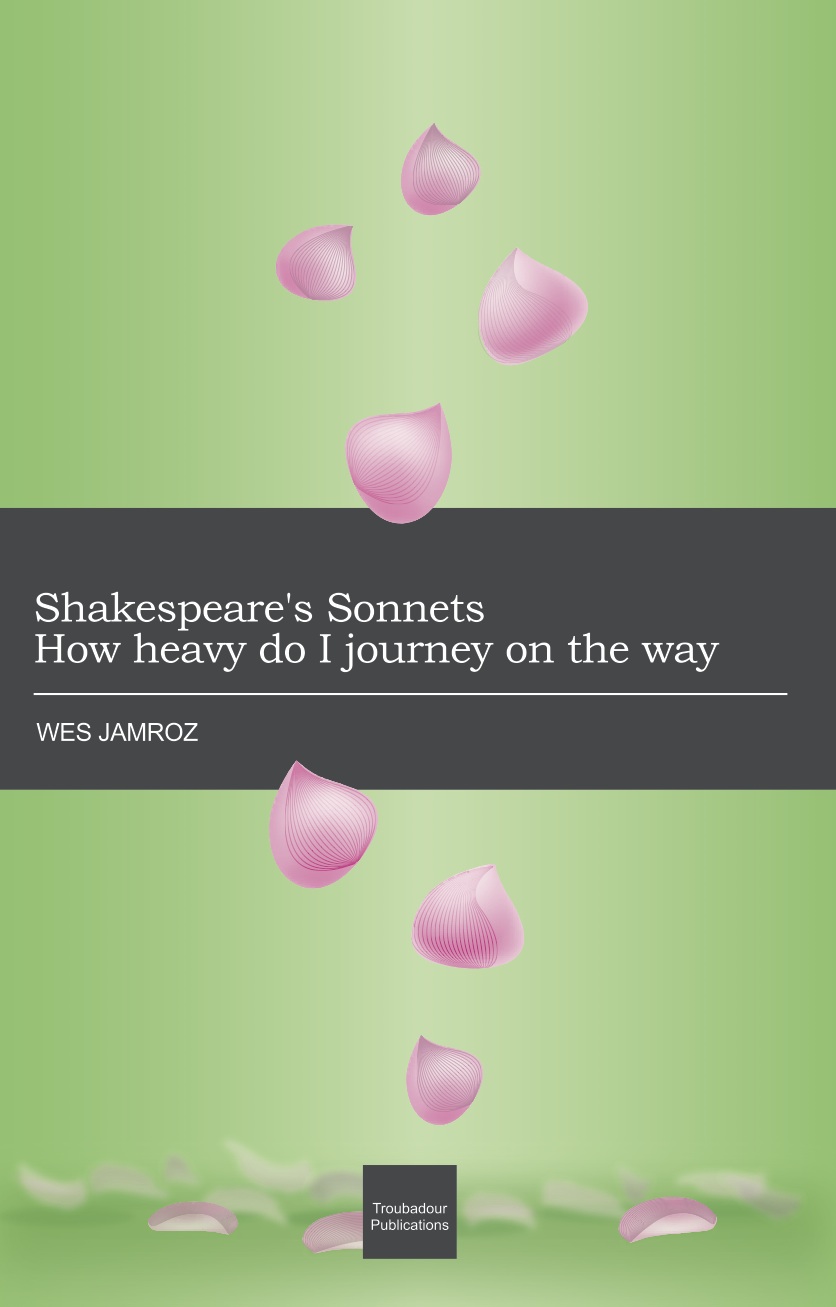
The Sonnets contain a unique record of Shakespeare’s experiences, which led him to become one of the world’s greatest dramatist and poet. The interesting thing is that Shakespeare was taught why to write, how to write, when to write, and what to write about. According to the information provided in the Sonnets, at the beginning of his career, Shakespeare met his spiritual Guide.
It was his Guide who pointed out to Shakespeare that he was wasting his time and talent on useless activities and meaningless writings. Then his Guide led Shakespeare through a sequence of experiences that allowed the poet to start to perceive the true value of his talent and the way in which his talent could be of use to a greater purpose.
The Sonnets are a record of the interactions between the poet and his Guide. In other words, there are two voices in the Sonnets. First we hear the Guide who appeals to the poet’s conscience by pointing out how wasteful his life and his writing are. Then we hear the poet’s reaction to the Guide’s appeal. What follows are exchanges of arguments between the two men. Then we witness how the poet’s intuition and his perception gradually develop and expand.
Although both the poet and his Guide are presented as young and handsome men, there is a distinct difference between them. The Guide speaks with authority and understanding; he is confident and his counsels follow a precise developmental methodology. The poet, on the other hand, is unsteady, immature, and moody; his reactions change quickly from highly enthusiastic to deeply depressed.
The Sonnets, like Shakespeare’s plays, form a coherent narrative. “How heavy do I journey on the way” elicits the narrative, which describes the sequence of experiences that led the poet to the development of his poetic inspiration.
Shakespeare's Sonnets print edition is available here
Shakespeare's Sonnets Kindle edition is available here
Spanish Translation is available here
“Shakespeare for the Seeker” Volume 1 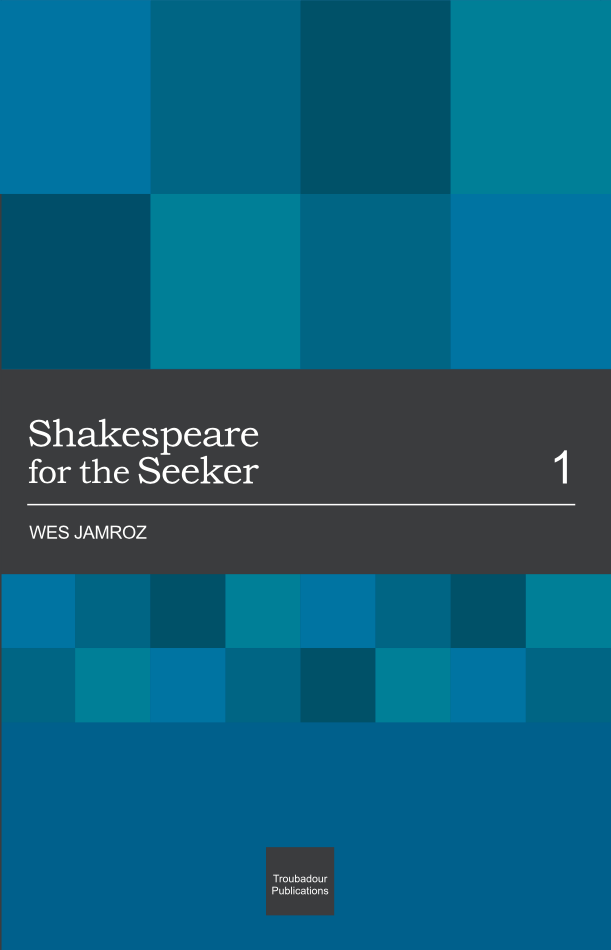
The revised “Shakespeare for the Seeker” series includes 4 volumes. These new volumes are the edited combination of the previously published 9 booklets.
Chapter 1. Evolutionary Cycle in the History Plays
Chapter 2. Roman Evolutionary Cycle
2.1 Initial Evolutionary Stage in “Coriolanus”
2.2 Release of Unitive Energy in “Julius Caesar”
2.3 Awakening in “Antony and Cleopatra”
2.4 Return to the Vicious Circle in “Titus Andronicus”
Chapter 3. Celtic Evolutionary Cycle
3.1 Partial Reformation in “King Lear”
3.2 Renewed Reformation in “Cymbeline”
3.3 Conjugate Reformation in “Macbeth”
Volume 1 print edition is available here
Volume 1 Kindle edition is available here
Spanish Translation of Volume 1 is available here
“Shakespeare for the Seeker” Volume 2 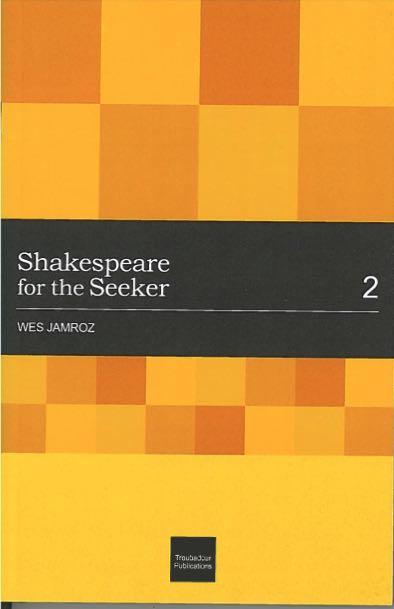
Chapter 4. Evolutionary Junctures
4.1 Reactivation of the Transmission in “Pericles, Prince of Tyre”
4.2 Anatomy of Idolatry in “Troilus and Cressida”
4.3 Transitional Juncture in “Timon of Athens”
4.4 Expansion of the Transmission in “The Comedy of Errors”
Chapter 5. The Path of the Heart in the French Plays
5.1 Inner-guidance in “All’s Well That Ends Well”
5.2 Activation of Union in “As You Like It”
5.3 Unfulfilled Occasion in “Love’s Labour’s Lost”
Volume 2 print edition is available here
Volume 2 Kindle edition is available here
Spanish translation of Volume 2 is available here
“Shakespeare for the Seeker” Volume 3 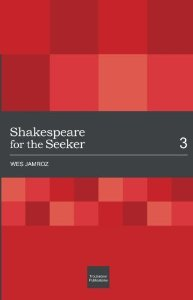
Chapter 6.The Path of the Heart in the Italian Plays
6.1 Corrective Intervention in “The Winter’s Tale”
6.2 The Path of Blame in “Othello”
6.3 Inception of Purification in “Much Ado About Nothing”
6.4 Dawn of Perfection in “The Merchant of Venice”
6.5 Unveiling Beauty in “The Taming of the Shrew”
6.6 The Path of Trial and Error in “Romeo and Juliet”
6.7 Activation of the Heart in “Two Gentlemen of Verona”
Volume 3 print edition is available here
Volume 3 Kindle edition available here
Spanish translation of Volume 3 is available here
“Shakespeare for the Seeker” Volume 4 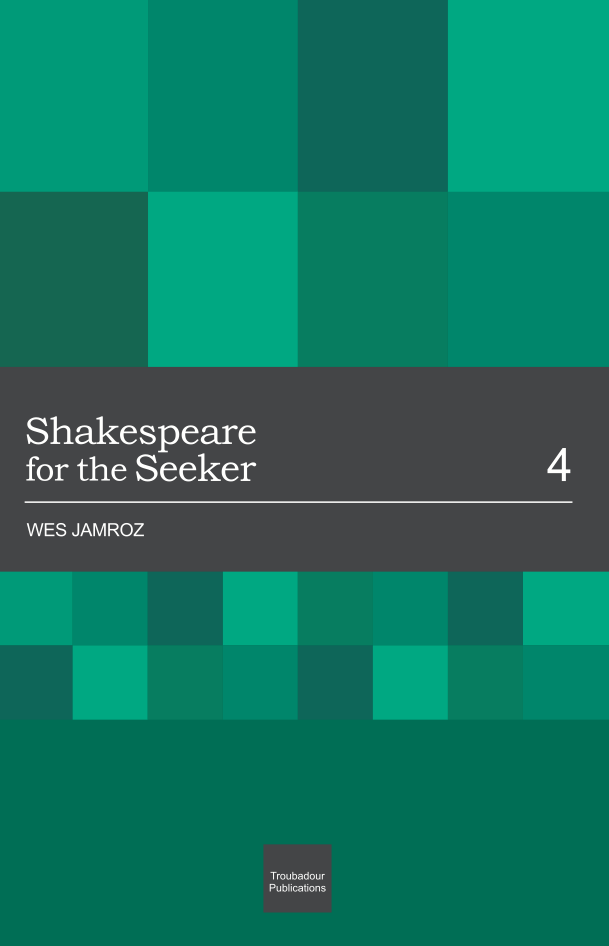
Chapter 7. The Path of the Intellect in the Bohemian Plays
7.1 Activation of Subtle Faculties in “Twelfth Night”
7.2 Atrophied Intellect in “Measure for Measure”
7.3 Conjugate Reformation in “Hamlet”
Chapter 8. Functioning within the Design
8.1 Projection into the Future in “The Tempest”
8.2 Inner-protection in “The Merry Wives of Windsor”
8.3 The Close Union in “A Midsummer Night’s Dream”
Volume 4 print edition is available here
Volume 4 Kindle edition available here
Spanish translation of Volume 4 is available here